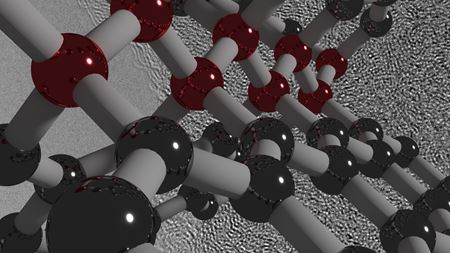Using a novel quantum sensor, physicists have successfully imaged spiral magnetic ordering in a multiferroic material.
29 September 2017

Glassy carbon is lightweight, ultrastrong, very hard, elastic, and electrically conductive and is ideal for military armor and aerospace applications.
28 September 2017Cordelia Sealy